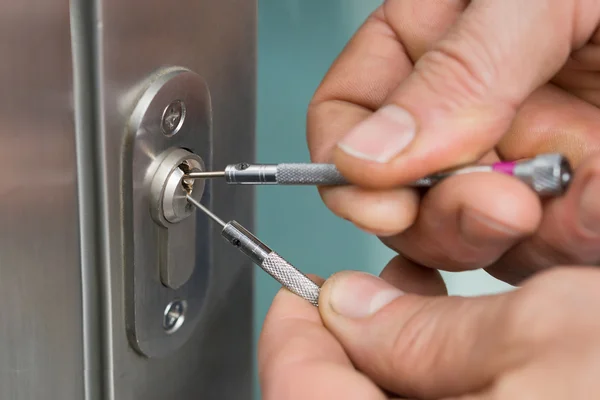In an ever-changing world of innovation and technology, certain skills can often be overlooked.
One such capability is lockpicking. Whether you’re a homeowner who has misplaced keys, or a business owner who needs access to locked premises, understanding lockpicking can prove beneficial.
While it might be associated with a touch of intrigue and mystery, it is in essence a practical skill that can save time and money when the situation calls for it.


